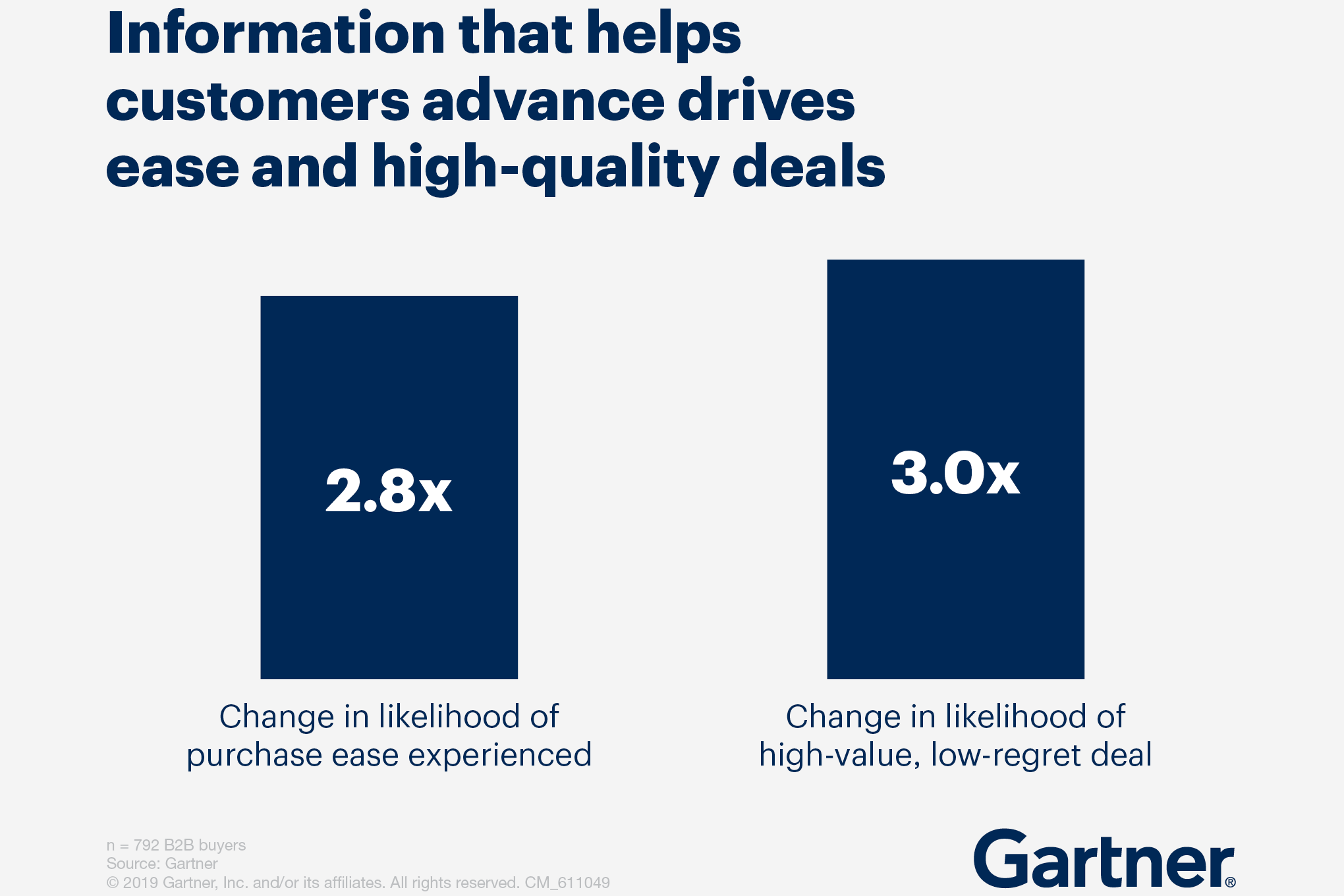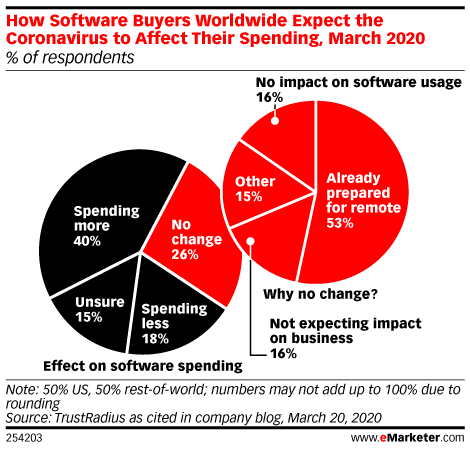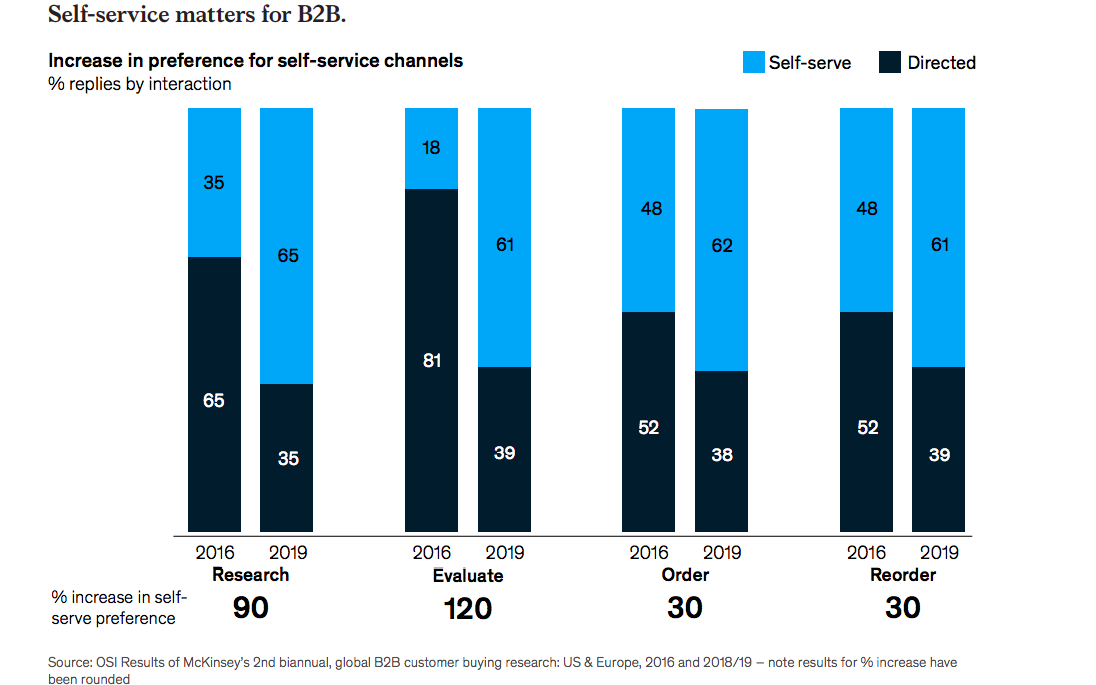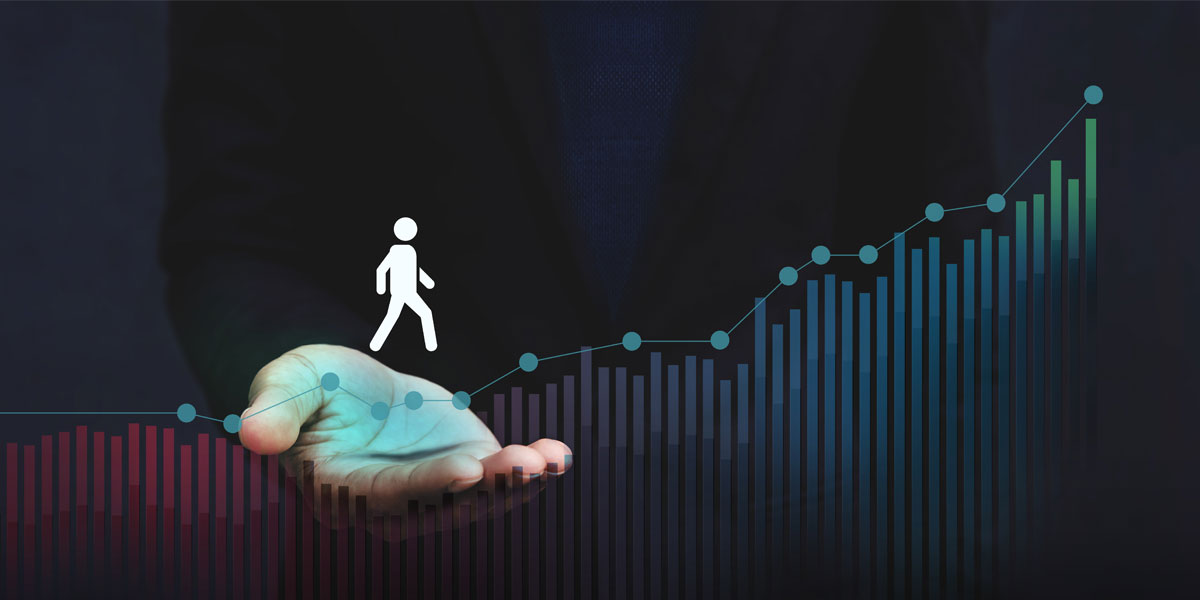The rapid spread of COVID-19 has accelerated digital transformations across B2B organizations, leading to several shifts in B2B consumer behavior. With in-person meetings out of the question, the focus on digital to drive revenues is amplified. Customers of B2B firms now see digital interactions up to three times more important than traditional sales interactions.
As B2B firms adapt to this shift, understanding how their customers behave online will be key to optimizing their sales and marketing efforts. In this article, we’ll explore the digital impact on B2B consumer behavior to reveal steps for organizations to increase their brand discoverability and sales post COVID-19.
Extensive research into problems and solutions
Digital B2B consumers seek relevant information throughout their purchase journey – from identifying the problem through selecting a vendor and even post-purchase.
Thanks to the ready availability of information online, buyers today are more informed than ever. This gives little opportunity for sales reps to influence their decisions. According to Gartner research, they spend only 17% of their time meeting potential suppliers.
This search for information typically originates from a simple web search. In fact, 89% of B2B researchers use the internet during the B2B research process. Those who receive helpful information from suppliers are three times more likely to buy bigger deals.

For firms to stand a chance to be considered at each stage, creating content that’s relevant to their needs and priorities is a must. Additionally, infusing keywords that align with consumer intent and buying needs will be crucial for an improved search performance.
Low attention spans
While buyers are consuming a lot of content, their attention spans are declining. According to a study by PathFactory, the median time B2B buyers spent between webpage visits was 50% lower than before the pandemic struck.
As the volume of digital content continues to explode, B2B businesses will have to focus on delivering high-relevance, easy-to-consume content to stand out from the noise. Content formats such as brochures, guides, infographics and videos have shown to deliver the highest engagement rates according to the same study by PathFactory.
Longer purchase cycles
Buyers are seeing longer purchase cycles with increased uncertainty leading to persistent research and careful analysis. Unlike the pre-COVID-19 era, however, purchases are not bound by fixed deadlines. B2B consumers are increasingly ready to make spontaneous purchase as and when the demand arises.
While purchasing in many sectors has halted due to budget freezes and recession fears, most patterns remain unchanged or see buyers ready to resume soon, with an expectation of more hands-on solutions from solution providers.
Healthcare and tech sectors have been observing maximum consistency, even an increase in buyers due to the increased relevance of their products amid the pandemic.

Source: eMarketer, TrustRadius survey March, 2020
Increased preference for self-service channels
A majority of B2B sales are now digitally-enabled through videoconferencing, phone and web interfaces. This, along with the need for B2C-like experiences, has created an increased preference for self-service channels among B2B consumers, according to a recent study by McKinsey.

This shift towards self-service indicates a strong need for efficient websites and mobile apps that meet customer demands for speed, transparency and expertise. Businesses should focus on reducing the number of touchpoints for making a purchase and reserve human interaction only for complex needs. Furthermore, it puts greater emphasis on delivering content that answers customer questions in a way that a knowledgeable sales-rep would.
Buyers expect personalized experiences
A majority of buyers expect personalized experiences while interacting with companies. In fact, high personalization is linked to five to eight times the ROI on marketing spend and sales lifts of 20% or more.
For companies, this means having a crystal-clear picture of their customers – their intent, personas, purchase stages, among other key information. It’s only through the synthesis of such holistic information can B2B marketers and sales teams gain insight into B2B consumer behavior and achieve the level of personalization their B2B consumers seek i.e. seeing the right messages at the right time.
Unlike B2C channels, the B2B sales cycle is a long journey which makes B2B personalization efforts that much more important. The more marketers learn about their buyers at early communication stages, the more relevant they can engage to be- helping prospects identify specific solutions and services catered to their needs.
Netscribes is a leading provider of data and insight solutions for B2B firms worldwide. By delivering high-quality firmographic data and insights into consumers and technologies, we help firms stay ahead of their peers in their respective markets. Contact us for more information.






